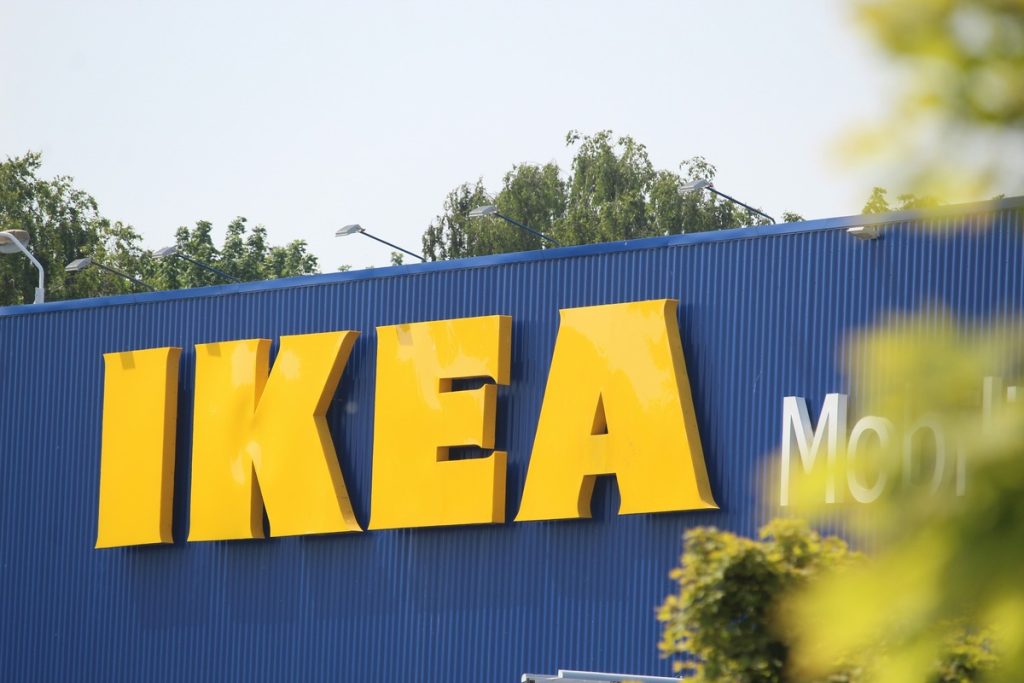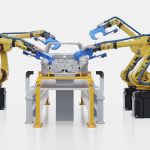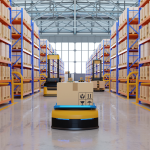With pilot programs rolling out across Europe, IKEA is giving city shoppers car-free, low-emission options to transport their flat-pack finds. From electric cargo bikes to self-service pick-up lockers, the Swedish retailer is testing a modular DIY delivery model tailored for tomorrow’s urban supply chain.
Customer-Centric Logistics for the Carless Majority
In a retail landscape shaped by rising urbanization, IKEA is rewriting the delivery playbook. Trials in Utrecht, Vienna, and Stockholm are testing a “do-it-yourself” delivery model where customers can rent electric mobility options—like cargo bikes, trailers, and four-wheeled bikes with storage—to take their goods home.
At the heart of this pilot is a simple truth: in dense urban areas, car ownership is no longer a given. “Not everyone has access to a car in urban locations, and public transport isn’t always ideal for large items,” said Alastair Morgan, Global Core Services Manager at Ingka Group in an official statement. IKEA’s initiative is as much about accessibility as sustainability, giving customers agency over their last-mile choices while sidestepping traditional van-based deliveries.
But IKEA isn’t stopping there. Parallel trials in the UK, Belgium, and the Netherlands are testing modular locker pickup stations in grocery store car parks. These 24/7 accessible lockers allow customers to collect flat-pack furniture on their own schedule, slashing delivery-related emissions and decoupling fulfillment from costly home drop-offs.
These shifts signal a more flexible supply chain—one designed for a demographic that values convenience, independence, and a lighter environmental footprint.
Supply Chain Innovation with Sustainability at Its Core
From a supply chain perspective, these initiatives represent a strategic recalibration. IKEA is actively decentralizing its delivery model—investing in systems that move goods closer to where people live, work, and shop. It’s a dual benefit: reducing last-mile logistics complexity while aligning with the company’s long-term climate commitments.
The pick-up lockers, for instance, eliminate redundant delivery trips and streamline inventory handling. A customer can grab a KALLAX unit after their weekly grocery run rather than scheduling a van drop-off. Meanwhile, the electric rental options offer a zero-emissions solution that’s also customer-activated—no staff or fleet required beyond the initial setup and maintenance.
Together, these solutions aim to bridge the gap between IKEA’s massive in-store logistics infrastructure and a modern consumer who demands flexibility and autonomy. And while the initiatives are still in trial phases, feedback has been largely positive. The locker model even earned the Omnichannel Retailer Initiative of the Year at the 2024 Retail Tech Innovation Hub Awards.
A Measured Step Toward Smarter Urban Fulfillment
These low-emission, customer-enabled transport options, paired with strategically placed pick-up lockers, reflect a broader shift toward more localized, modular fulfillment strategies. For supply chain and logistics professionals, the significance lies not just in the execution of these pilots, but in their underlying intent: to balance cost efficiency, customer accessibility, and environmental responsibility without introducing unnecessary complexity.
The decision to place partial delivery responsibility in the hands of the customer may not suit every market or business model, but in dense urban environments, it’s a pragmatic response to real constraints.
The success of such models will depend on scalability, customer uptake, and integration into existing operations. But as cities continue to evolve and pressure mounts to reduce emissions and congestion, IKEA’s approach offers a practical example of how supply chains can quietly recalibrate—less through reinvention, and more through incremental, targeted improvements.







